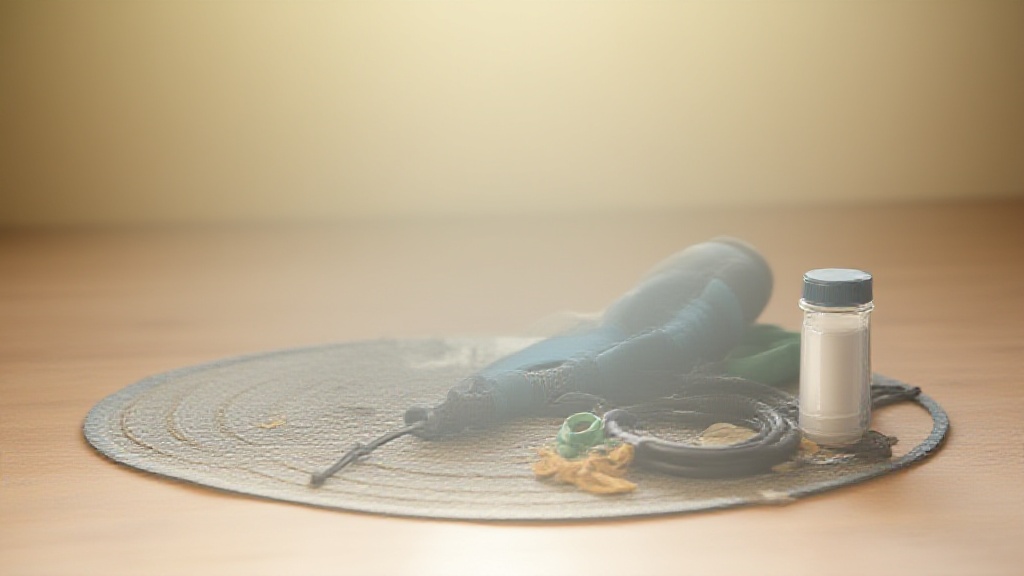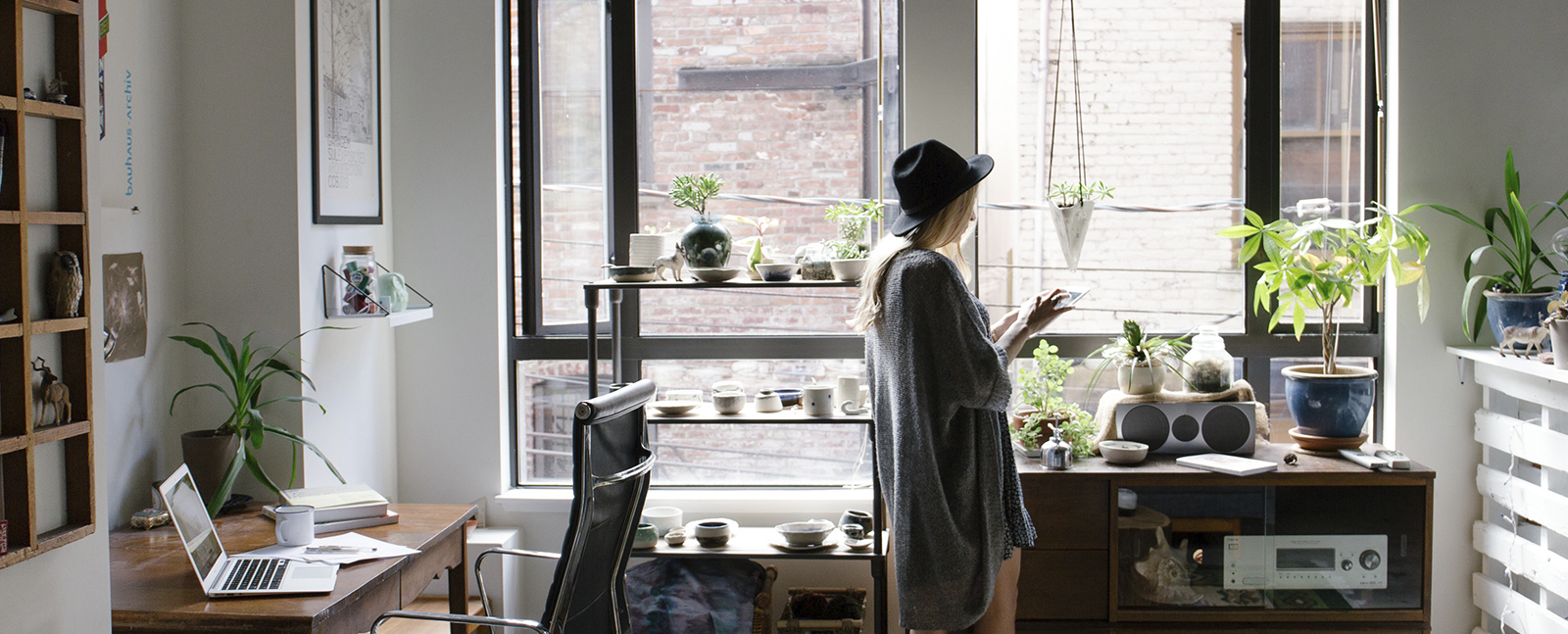Building a simple calisthenics routine at home is one of the most straightforward and effective ways I’ve found to boost fitness without relying on expensive equipment or gym memberships. Calisthenics relies on bodyweight exercises like pushups, squats, and planks to strengthen muscles, which means anyone can design a routine with just a bit of space and determination. If you’re brand new to calisthenics or working out at home in general, setting up a routine that feels manageable and enjoyable is really important for staying consistent and seeing results over time.

Why Calisthenics is Great for Home Workouts
Calisthenics is ideal for home fitness because it doesn’t require any fancy gear or large spaces. I like that I can do these workouts in my living room, bedroom, or even outside. Working out at home also saves time and helps me build healthy habits into my daily routine. When I started with calisthenics, I noticed my strength and flexibility improved, and I felt more energetic throughout the day. There’s a lot of freedom to tailor routines to fit any schedule or fitness level, which makes it easy to stick with.
This training style goes back thousands of years and is still used by coaches, athletes, and beginners because it’s so accessible and effective. I notice a big plus is that calisthenics movements naturally train core muscles since I’m balancing my own bodyweight with each move. Over time, this helps with daily activities and injury prevention. Plus, being able to practice anywhere means I can stay active even when traveling or on busy days.
One thing that really sets calisthenics apart for home workouts is how quickly it adapts to your needs. As I became more familiar with the basics, I realized I could modify exercises or routines based on how I felt that day, whether my energy was high or low. Flexibility allows for both quick 10-minute sessions or more intense, longer workouts, all in the comfort of home. This adaptability is a huge motivator for me—and it makes calisthenics welcoming to everyone.
Fundamental Calisthenics Exercises You Can Start With
To set up a routine that works at home, it helps to get familiar with some basic exercises. Here are a few movements I always include and recommend for beginners:
- Pushups: Strengthen your chest, shoulders, and triceps. Start with knee pushups if full pushups are too challenging.
- Squats: Target the legs and glutes. Bodyweight squats are beginnerfriendly and can be modified for more difficulty.
- Plank: Builds core stability. I like holding a plank for 20-30 seconds to start, then increasing hold time gradually.
- Glute bridges: Focus on your lower back and glutes. These are good for improving hip strength and posture.
- Leg raises: Work the lower abs. Try lifting legs straight up from a lying position, keeping your lower back on the ground.
- Reverse lunges: Work the legs and balance. Step backward and drop your knees gently for each rep to make it easier on the joints.
These exercises form the backbone of any simple calisthenics plan. With just these, I can create routines that hit all the major muscle groups and keep my workouts engaging.
It’s worth mentioning that calisthenics is not just for strength. Many of these exercises also improve flexibility, balance, and coordination, giving a boost to overall athleticism. Specializing isn’t required—you get a balanced workout that supports everything from running to carrying groceries or playing with kids. By prioritizing proper form, even beginners build a sturdy foundation.
Easy Steps to Build Your Own Calisthenics Routine
Getting started with calisthenics at home becomes a lot less intimidating when I break it down into small, practical steps. Here’s how I typically set up a basic routine:
- Pick 4 to 6 Exercises: Choose moves from the list above that target different parts of the body. I usually include a mix of upper body, lower body, and corefocused exercises.
- Decide on Sets and Reps: I recommend starting with 2-3 sets of each exercise and doing around 8-15 reps per set, depending on your current fitness level. For timed holds like planks, begin with 20-30 seconds per set.
- Plan Rest Periods: Rest for 30-60 seconds between sets and exercises. If you’re just starting, longer rest is fine. As I improve, I try to shorten rest time to keep my heart rate up and build endurance.
- Warm Up and Cool Down: Always take a few minutes for gentle cardio (like jumping jacks or marching in place) and dynamic stretching before the workout. I end with slower stretching for the muscles I worked most.
- Track Progress: Writing down the sets, reps, or hold times helps me see improvement and keeps motivation high.
Consistency is the main ingredient for progress. I keep my expectations realistic and focus on steady progress by doing these workouts 2-4 times per week. Recovery days let my body rest and adapt.
If you vary your selection from time to time or adjust set and rep numbers as you get stronger, your body keeps improving. Take time every month to review your progress—even a small change in form or time spent exercising is worth celebrating. Tracking improvements helps maintain enthusiasm and shows how far you’ve come in your fitness adventure.
Common Challenges and Practical Solutions
While calisthenics is very accessible, I’ve run into a few common issues when working out at home. Here’s how I’ve worked through them and what I recommend:
- Motivation: It can be hard to stay driven, especially without a workout buddy or coach watching. I overcome this by setting small, daily goals and checking them off. Sometimes, I use online communities or apps to stay accountable.
- Lack of Space or Equipment: When my workout area is small, I clear a patch big enough to stretch my arms and legs out. If I want more variety, simple equipment like a resistance band or a sturdy chair gives me extra options.
- Form and Safety: It’s easy to pick up bad habits when working out alone. To keep my form in check, I watch beginnerfriendly tutorial videos, use a mirror, or slow down my movements to pay attention to how my body feels. Starting slowly helps avoid injuries and build confidence.
- Progression: Sometimes workouts start to feel too easy. When that happens, I increase the number of reps, reduce how much I rest between sets, or try harder exercise variations (like diamond pushups or singleleg squats).
Addressing these challenges early makes the habit easier to maintain. I always remind myself that improvement isn’t linear, and small setbacks are normal as long as I keep showing up for myself.
Another issue is variety. Boredom can sneak in if the routine never changes. To keep things interesting, I experiment with new moves, change the order of exercises, or add short bursts of cardio, like running in place between sets. A little creativity goes a long way toward keeping workouts fresh and inspiring.
How to Increase the Challenge as You Grow Stronger
After a few weeks of consistent training, most people—including me—notice that the original routine feels easier. Gradually increasing the difficulty keeps the workouts effective and interesting. Here’s how I take up my routine at home:
- I slightly increase my reps or sets every week.
- For bodyweight moves that start to feel easy, I use resistance bands or add slow eccentric (lowering) phases to each rep.
- I switch to harder exercise variations, such as decline pushups or jumping squats.
- Circuitstyle routines, where I move quickly from one exercise to the next, boost endurance and burn more calories.
- I schedule one workout per week where I focus on a personal “challenge move,” like working toward a pullup or a longer plank hold.
Improving my workouts over time keeps things interesting and helps me stay committed. As I’ve learned, mixing things up occasionally helps avoid boredom and plateaus. When I want an extra push, I try “ladder” routines or set a timer and do as many reps as possible safely in that time. Testing myself now and then helps reveal progress and motivates further growth.
Equipment Basics for Calisthenics at Home
One of the things I appreciate about calisthenics is how little equipment I actually need. Still, a few items can help me work out safely and bring more variety to my workouts:
- Yoga or exercise mat: Adds comfort and stability, especially for exercises on the floor.
- Resistance bands: Great for making exercises harder or easier, and they’re easy to store.
- Sturdy chair or step: Useful for incline pushups, dips, or stepups.
- Pullup bar: Doorway models are convenient for small spaces if I want to work on upper body strength with rows or pullups.
- Water bottle: Staying hydrated is really important for performance and recovery.
I started out with just a mat and a chair, which was more than enough at first. As workouts become a bigger part of my routine, I find that adding a few simple tools helps keep things fun and challenging.
If you’re unsure about what to get first, start with a quality mat. After getting comfortable with basic bodyweight exercises, adding a band or pullup bar opens up new types of moves—think assisted pullups, banded rows, or more advanced pushup variations. Remember, the best equipment is the one you use regularly, not the flashiest on the market.
Frequently Asked Questions
People getting into calisthenics at home often ask these questions, and I’ve found clear answers from my own experience:
Question: How many times a week should I do a calisthenics routine to see results?
Answer: Training 2-4 times per week is enough when starting out. The key is to challenge yourself a little more with each session, but rest days are super important for recovery.
Question: What if I can’t do a standard pushup or squat?
Answer: I began with modified versions, like knee pushups and chair squats. These build up strength while keeping the movements approachable.
Question: How do I stay motivated for home workouts?
Answer: Keeping my routine short and rewarding, finding an accountability buddy, or listening to music I like helps me keep coming back to my workouts.
Question: Can calisthenics help with weight loss or just building strength?
Answer: Calisthenics helps both. Regular routines burn calories, support a lean body, and develop muscle tone. Pairing these exercises with sound nutrition really speeds up results.
Putting Your Home Calisthenics Routine into Action
Starting a new fitness habit can feel a bit overwhelming, but the simplicity of bodyweight training is what I appreciate the most. Calisthenics routines can grow and change with me as I build more strength, flexibility, and confidence. A routine that fits into my daily life keeps me active, boosts my mood, and supports my health—all with minimal space and zero need for a gym.
Trying out a simple routine at home not only saves time but also opens the door for consistent, practical fitness that fits my personal goals and schedule. With the right mindset and steady effort, calisthenics is a reliable foundation for a stronger body and mind.
Wrapping up, it’s clear that calisthenics makes home workouts accessible and effective for anyone willing to get involved. By starting small and making regular progress, you can truly build lifelong healthy habits right in your own space.
